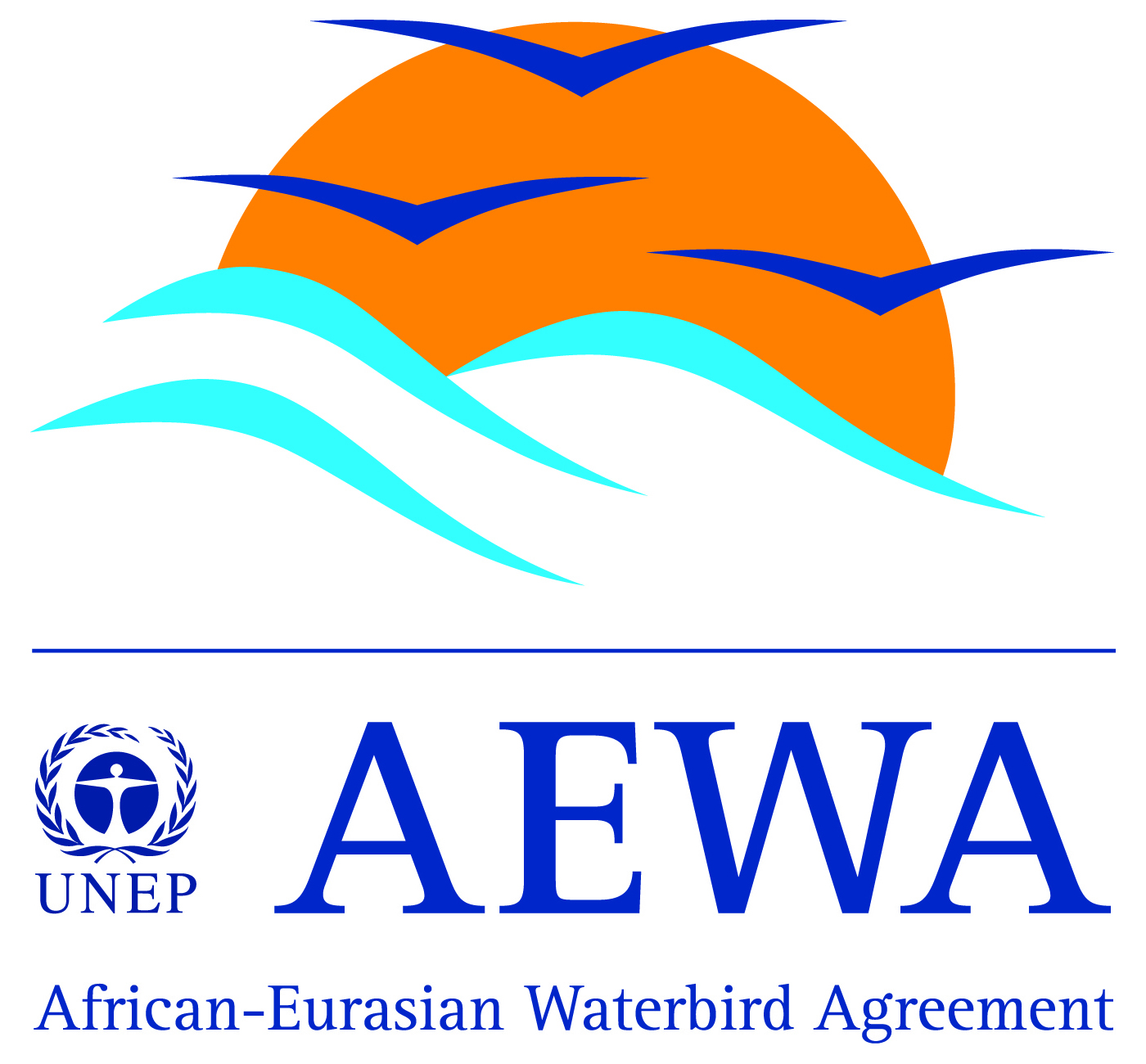Actions to conserve biodiversity
We have summarised evidence from the scientific literature about the effects of actions to conserve wildlife and ecosystems.
Review the evidence from the studies
Not sure what Actions are? Read a brief description.
Search for evidence
e.g. "frogs chytrid"
3690 Actions found
Refine
Hide
3690 Actions found
Download Actions
| 0 selected |
|
Order results by:
| Action | Effectiveness | Studies | Category | |
|---|---|---|---|---|
|
Legally protect bat habitats Action Link |
Likely to be beneficial | 5 |
|
|
|
Install overpasses over roads/railways Action Link |
Awaiting assessment | 5 |
|
|
|
Cease livestock grazing: Forest, open woodland & savanna Action Link |
Awaiting assessment | 5 |
|
|
|
Use signage to warn motorists about wildlife presence Action Link |
Awaiting assessment | 5 |
|
|
|
Add lights to fishing gear Action Link |
Awaiting assessment | 5 |
|
|
|
Use prescribed burning in combination with herbicide application Action Link |
Awaiting assessment | 5 |
|
|
|
Use prescribed burning in combination with grazing Action Link |
Awaiting assessment | 5 |
|
|
|
Create or restore rock outcrops Action Link |
Awaiting assessment | 5 |
|
|
|
Release reptiles born/hatched in captivity from wild-collected eggs/wild-caught females without rearing Action Link |
Awaiting assessment | 5 |
|
|
|
Fence to prevent grazing after tree planting Action Link |
Likely to be beneficial | 5 |
|
|
|
Use fertilizer after tree planting Action Link |
Unlikely to be beneficial | 5 |
|
|
|
Use different planting or seeding methods Action Link |
Unlikely to be beneficial | 5 |
|
|
|
Crassula helmsii: Use lightproof barriers to control plants Action Link |
Likely to be beneficial | 5 |
|
|
|
Parrot’s feather: Use of herbicides - carfentrazone-ethyl Action Link |
Likely to be beneficial | 5 |
|
|
|
Parrot’s feather: Use of herbicides - triclopyr Action Link |
Likely to be beneficial | 5 |
|
|
|
Carnivores: Feed commercially prepared diets Action Link |
Unknown effectiveness (limited evidence) | 5 |
|
|
|
Conduct regular anti-poaching patrols Action Link |
Likely to be beneficial | 5 |
|
|
|
Implement local no-hunting community policies/traditional hunting ban Action Link |
Likely to be beneficial | 5 |
|
|
|
Permanent presence of staff/manager Action Link |
Unknown effectiveness (limited evidence) | 5 |
|
|
|
Implement legal protection for primate species under threat Action Link |
Unknown effectiveness (limited evidence) | 5 |
|
|
|
Water: Add manure to the soil Action Link |
Unknown effectiveness (limited evidence) | 5 |
|
|
|
Water: Plant buffer strips Action Link |
Unknown effectiveness (limited evidence) | 5 |
|
|
|
Other biodiversity: Add compost to the soil Action Link |
Likely to be beneficial | 5 |
|
|
|
Legally protect peatlands Action Link |
Likely to be beneficial | 5 |
|
|
|
Directly plant peatland herbs Action Link |
Likely to be beneficial | 5 |
|
Download Actions
| 0 selected |
|
Watch this search
If you are familiar with RSS feeds, please click the button below to retrieve the feed URL:
RSS feed for this searchIf you are unfamiliar with RSS feeds, we would suggest reading this BBC article.
Unfortunately, due to the number of feeds we have available, we cannot provide e-mail updates. However, you could use tools such as Feed My Inbox to do this for you.
What are 'Individual studies' and 'Actions'?
Individual studies
An individual study is a summary of a specific scientific study, usually taken from a scientific journal, but also from other resources such as reports. It tells you the background context, the action(s) taken and their consequences.
If you want more detail please look at the original reference.
Actions
Each action page focuses on a particular action you could take to benefit wildlife or ecosystems.
It contains brief (150-200 word) descriptions of relevant studies (context, action(s) taken and their consequences) and one or more key messages.
Key messages show the extent and main conclusions of the available evidence. Using links within key messages, you can look at the paragraphs describing each study to get more detail. Each paragraph allows you to assess the quality of the evidence and how relevant it is to your situation.
Where we found no evidence, we have been unable to assess whether or not an intervention is effective or has any harmful impacts.





)_2023.JPG)














